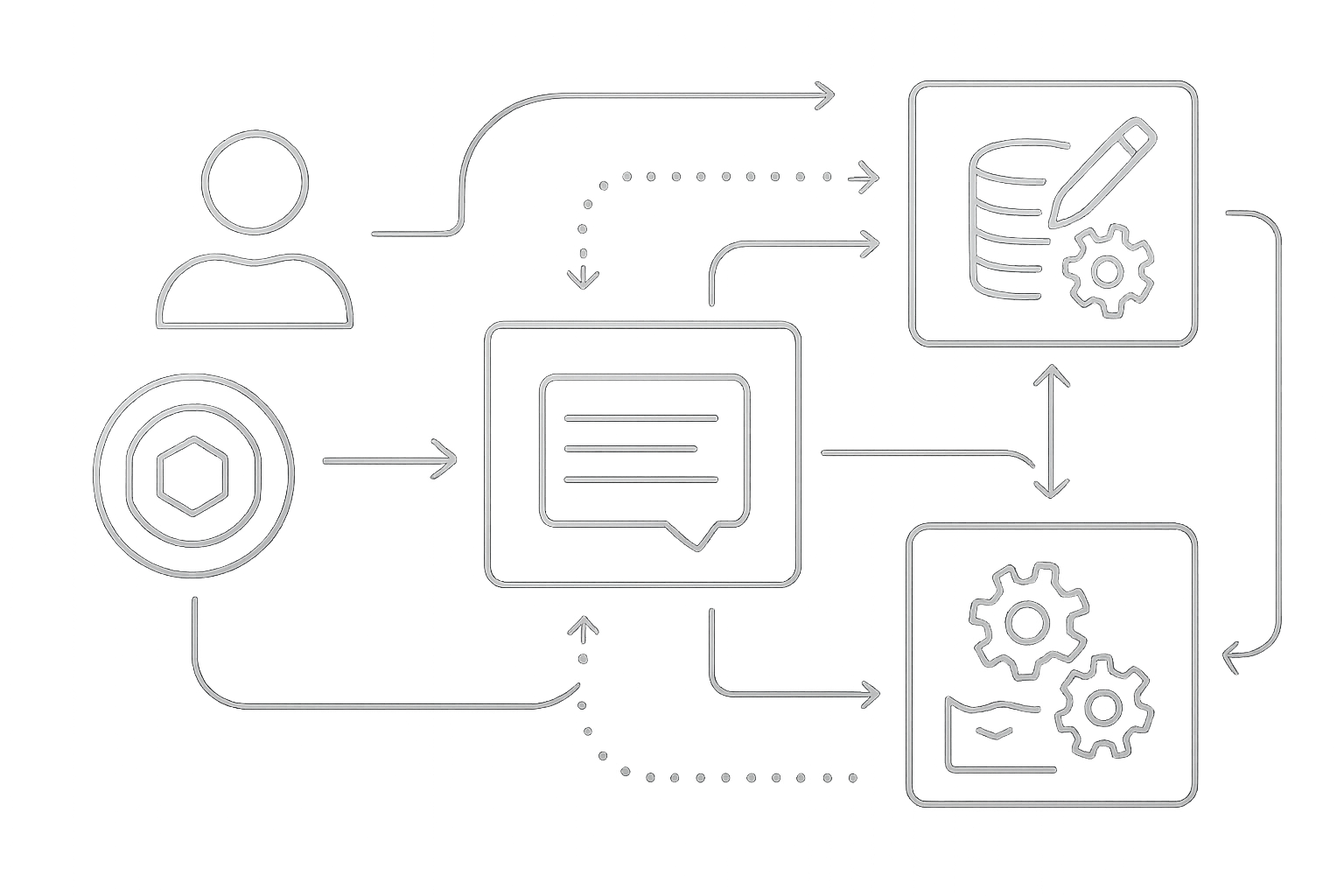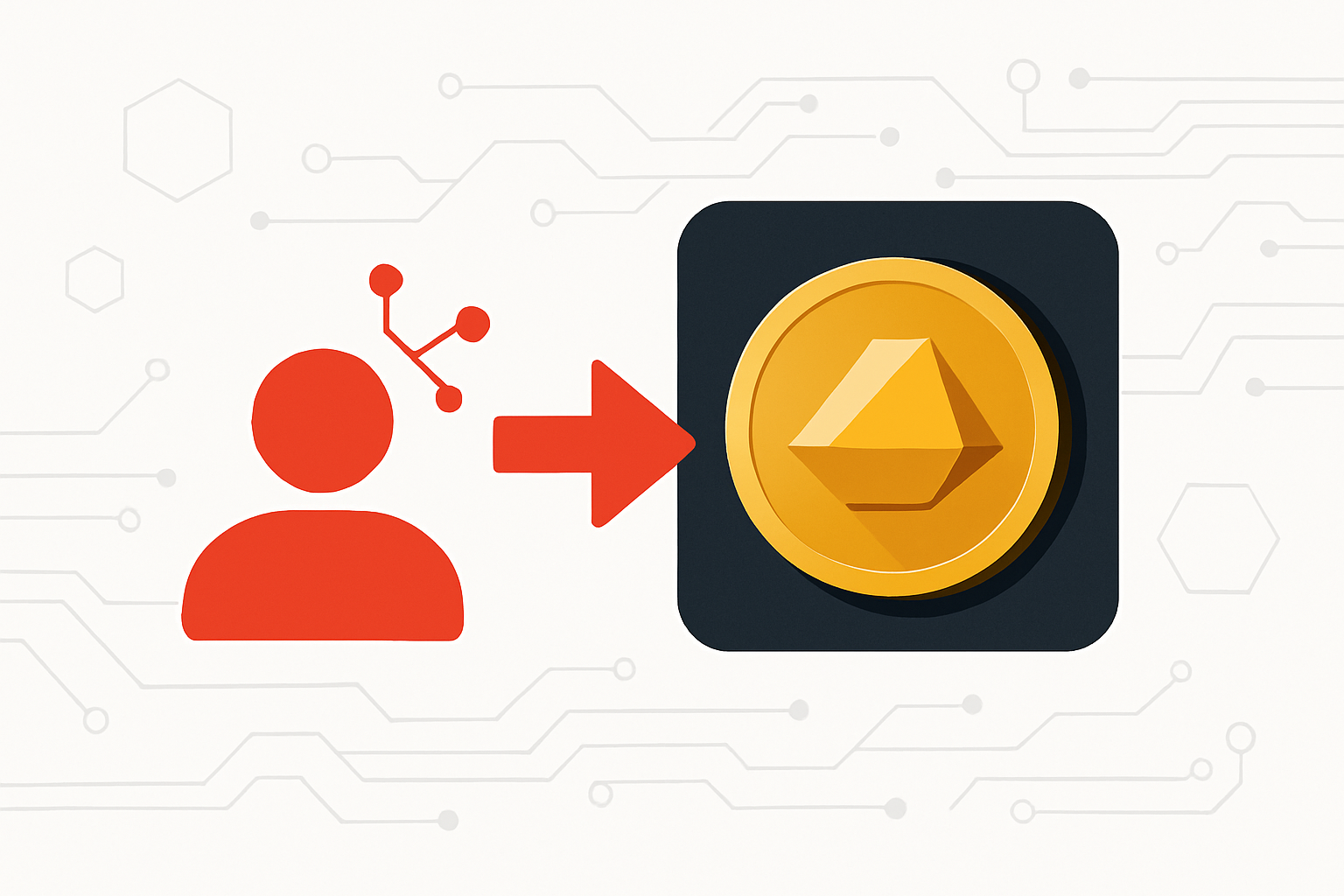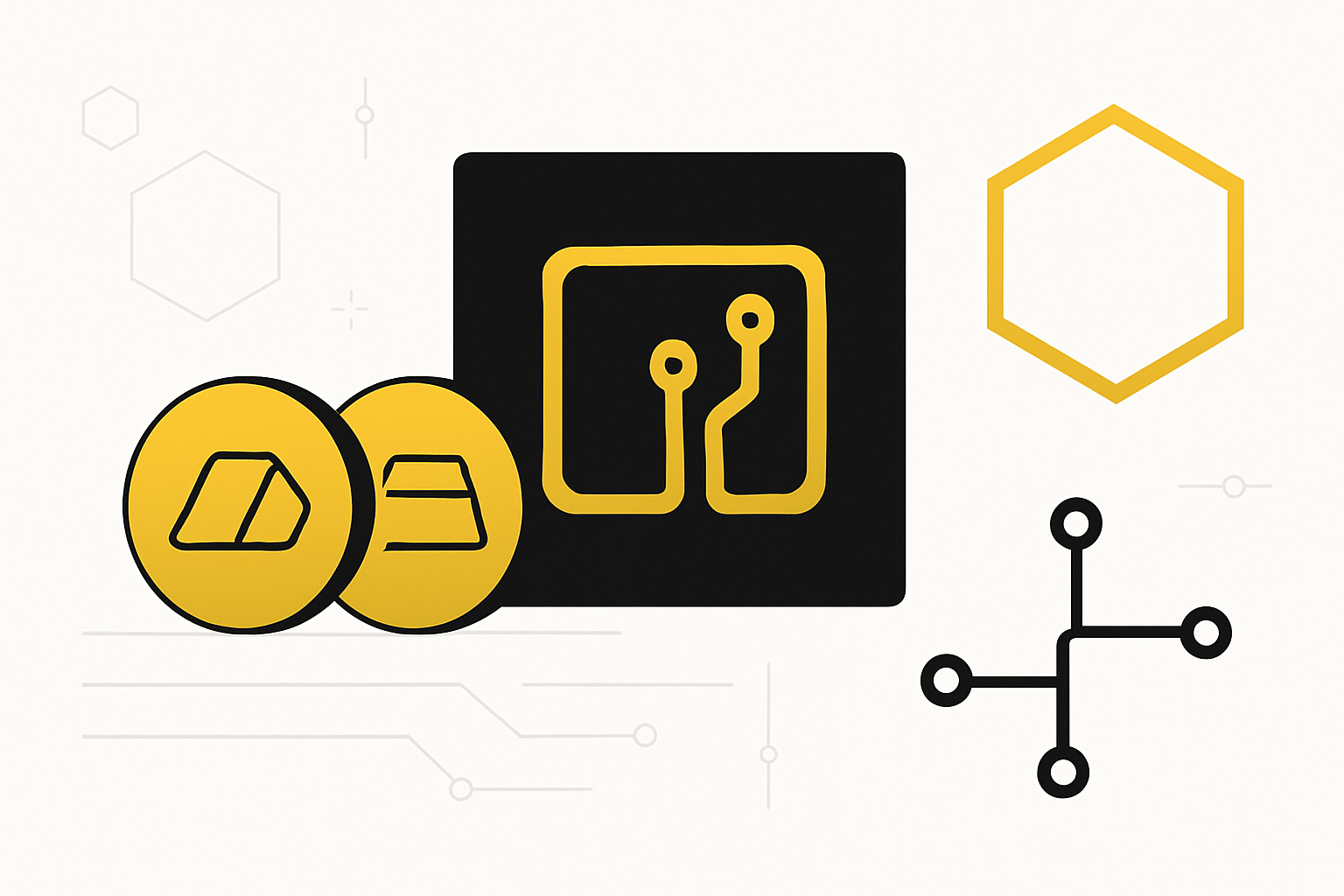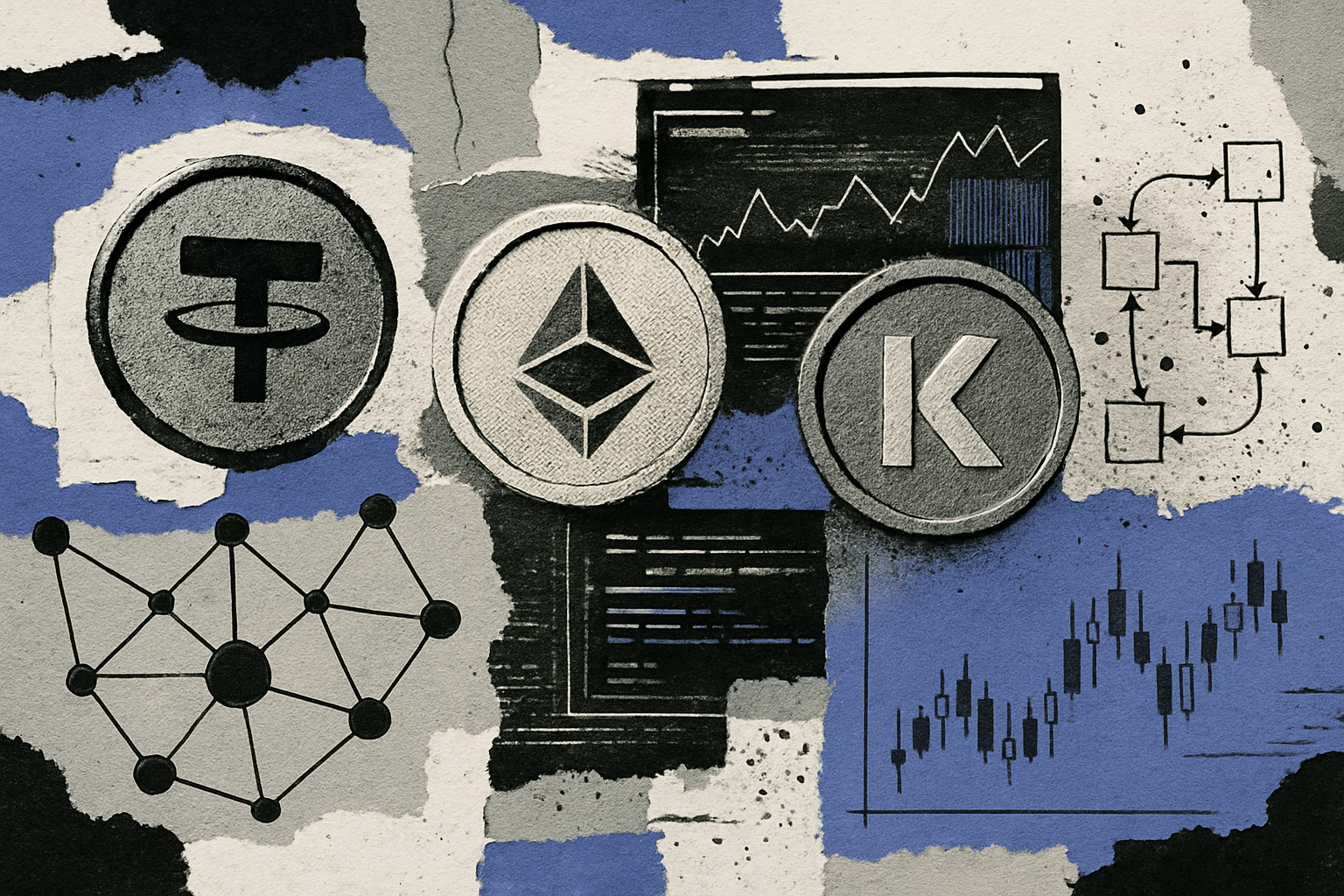How Tokenized Gold Is Transforming On-Chain Collateral and Safe-Haven Investing in 2024

In 2024, tokenized gold has emerged as a pivotal force in both on-chain collateral management and the evolution of safe-haven investing. By merging the enduring appeal of physical gold with the technological advantages of blockchain, tokenized gold now sits at the heart of digital asset portfolios, decentralized finance (DeFi) platforms, and institutional risk management strategies. This transformation is not just theoretical – the market capitalization of tokenized gold reached $2.57 billion by the end of 2024, a testament to its growing adoption and utility in the face of global economic uncertainty.

Gold on the Blockchain: How Tokenization Works
Tokenized gold refers to digital tokens on a blockchain that are fully backed by physical gold reserves, typically stored in secure vaults and audited regularly. Each token represents a specific, verifiable amount of gold – often 1 gram or 1 troy ounce – and can be traded, transferred, or used as collateral within the crypto ecosystem. Platforms such as Swarm Markets have pioneered this space by introducing asset-backed digital gold NFTs, allowing investors to verify provenance and ownership down to the individual bar.
This innovation addresses two longstanding challenges in gold investing: liquidity and accessibility. With tokenized gold, investors can buy, sell, or pledge fractional amounts of gold instantly, without the logistical hurdles of storing, transporting, or verifying physical bullion. The result is a programmable, composable asset that fits seamlessly into both retail and institutional portfolios.
“Tokenized gold turns physical gold into programmable, composable, and easily transferable on-chain assets. “ – htxofficial via Medium
On-Chain Collateral: Gold’s New Role in DeFi
The most disruptive use case for tokenized gold in 2024 is its rapid adoption as on-chain collateral. Unlike traditional gold holdings, which are largely passive, tokenized gold can now be actively used in DeFi protocols for lending, borrowing, and yield generation. This mirrors the utility of stablecoins but with the added benefit of gold’s centuries-old reputation as a store of value.
For example, DeFi platforms now allow users to deposit tokenized gold to borrow stablecoins or other crypto assets without selling their underlying gold exposure. This unlocks new liquidity for both retail and institutional investors, while also enhancing capital efficiency across the ecosystem. The ability to use tokenized gold as collateral is particularly appealing during periods of market volatility, where its non-correlation with risk assets provides a stabilizing anchor.
From Passive to Productive: Yield and Liquidity for Digital Gold
Historically, gold has been seen as a safe haven but not an income-generating asset. Tokenization changes this dynamic fundamentally. In 2024, trading volumes for tokenized gold surpassed $1 billion, hitting a two-year high amid geopolitical tensions and economic instability. This surge is driven by investors seeking both safety and yield – a duality previously unavailable with traditional bullion.
Tokenized gold can be supplied to liquidity pools on DeFi platforms to earn transaction fees or staked in protocols that pay yield in stablecoins or other tokens. This new functionality transforms gold from a static store of value into an active participant in the digital economy, providing both downside protection and potential upside through yield generation.
Key Benefits of Tokenized Gold for DeFi Investors in 2024
-
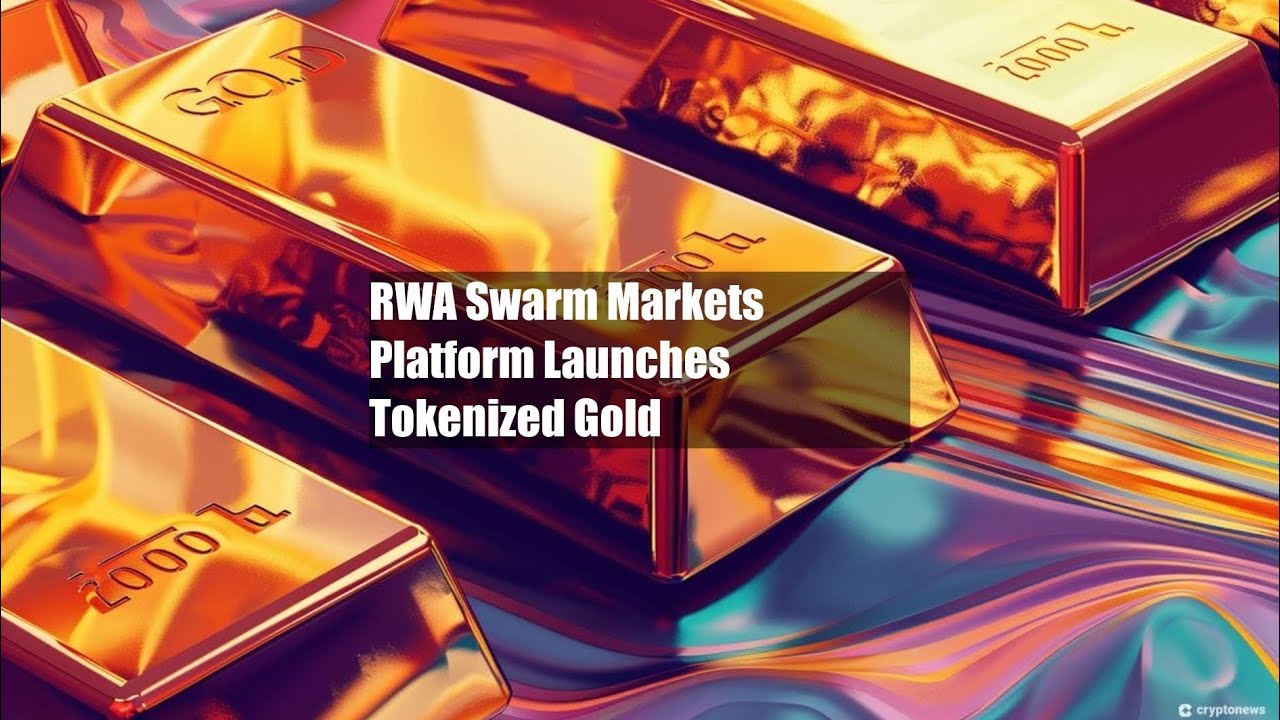
Enhanced Liquidity: Tokenized gold enables investors to trade and transfer fractional ownership of physical gold instantly on platforms like Swarm Markets, eliminating traditional barriers such as storage and settlement delays.
-

Reliable On-Chain Collateral: DeFi platforms now accept tokenized gold as collateral, allowing users to borrow stablecoins or other crypto assets without liquidating their gold holdings, as seen on protocols like Matrixdock.
-

Safe-Haven Stability: Tokenized gold combines gold’s historical role as a safe-haven asset with blockchain transparency, attracting over $1 billion in trading volume during periods of economic uncertainty in 2024.
-
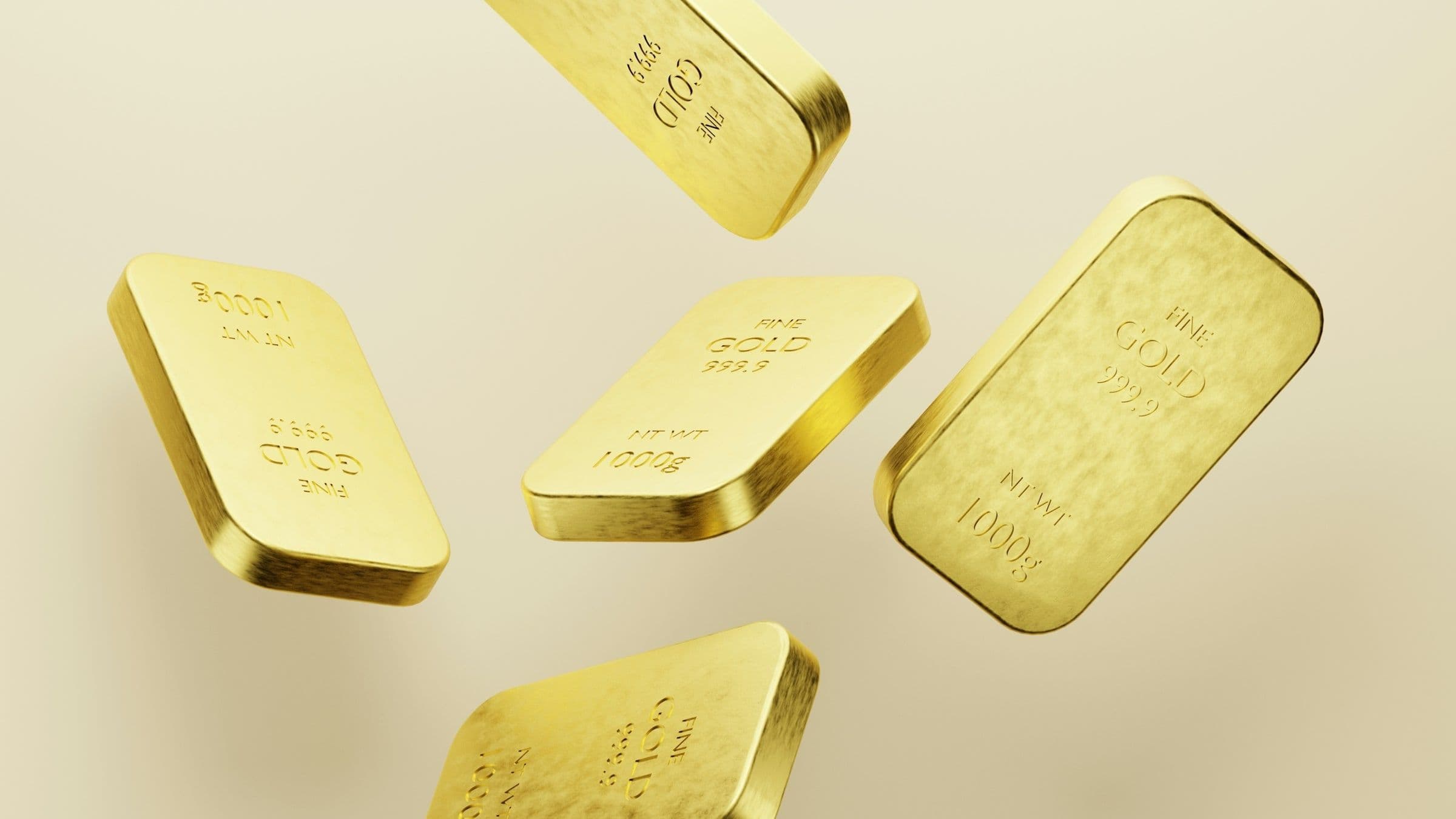
Income Generation: Investors can supply tokenized gold to DeFi liquidity pools or lending protocols to earn yield, transforming gold from a passive store of value into an active, income-generating asset.
-
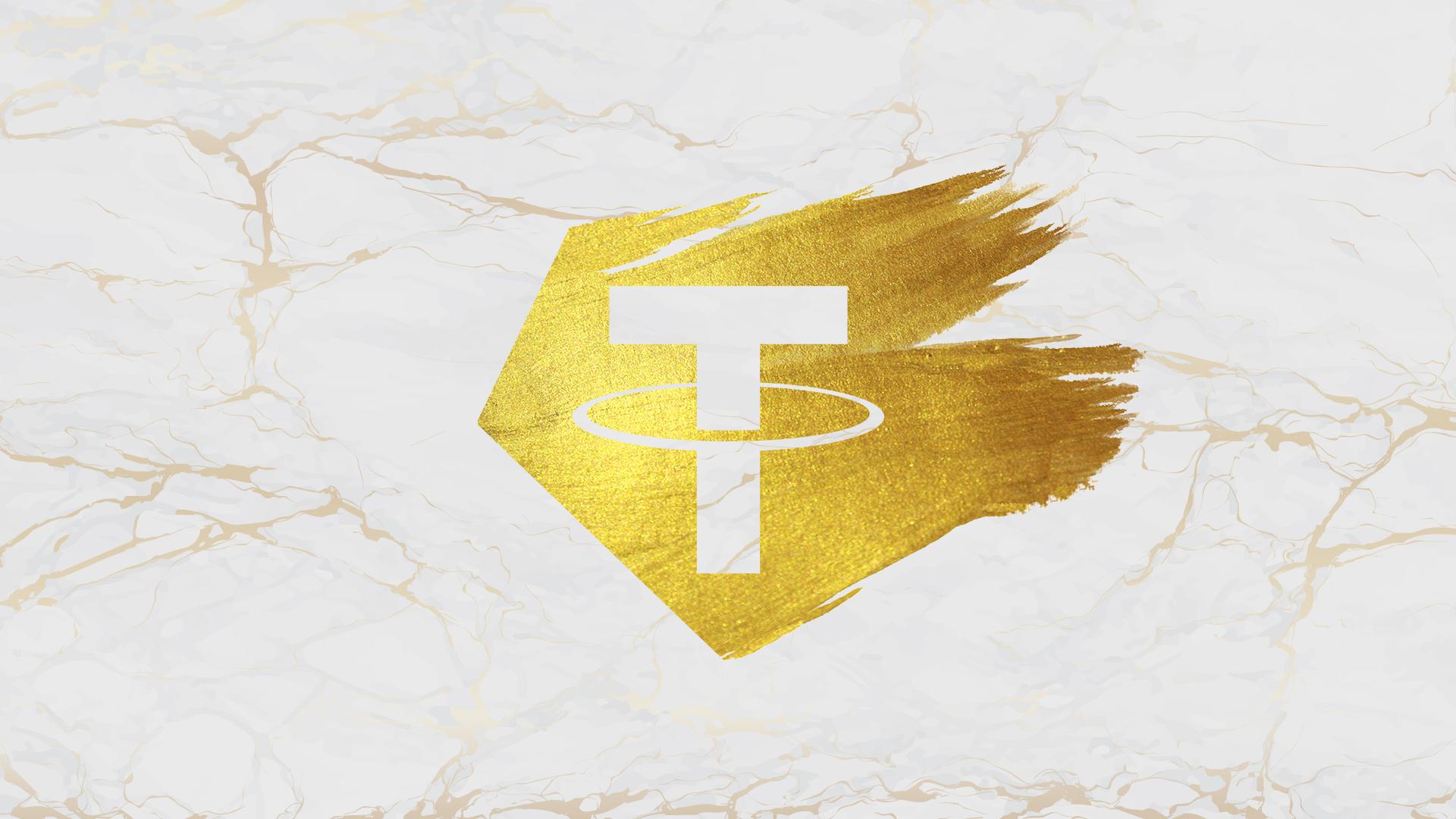
Global Accessibility and Fractional Ownership: Platforms like PAX Gold (PAXG) and Tether Gold (XAUT) allow anyone to buy, sell, or use gold-backed tokens in small denominations, making gold investment accessible worldwide.
-
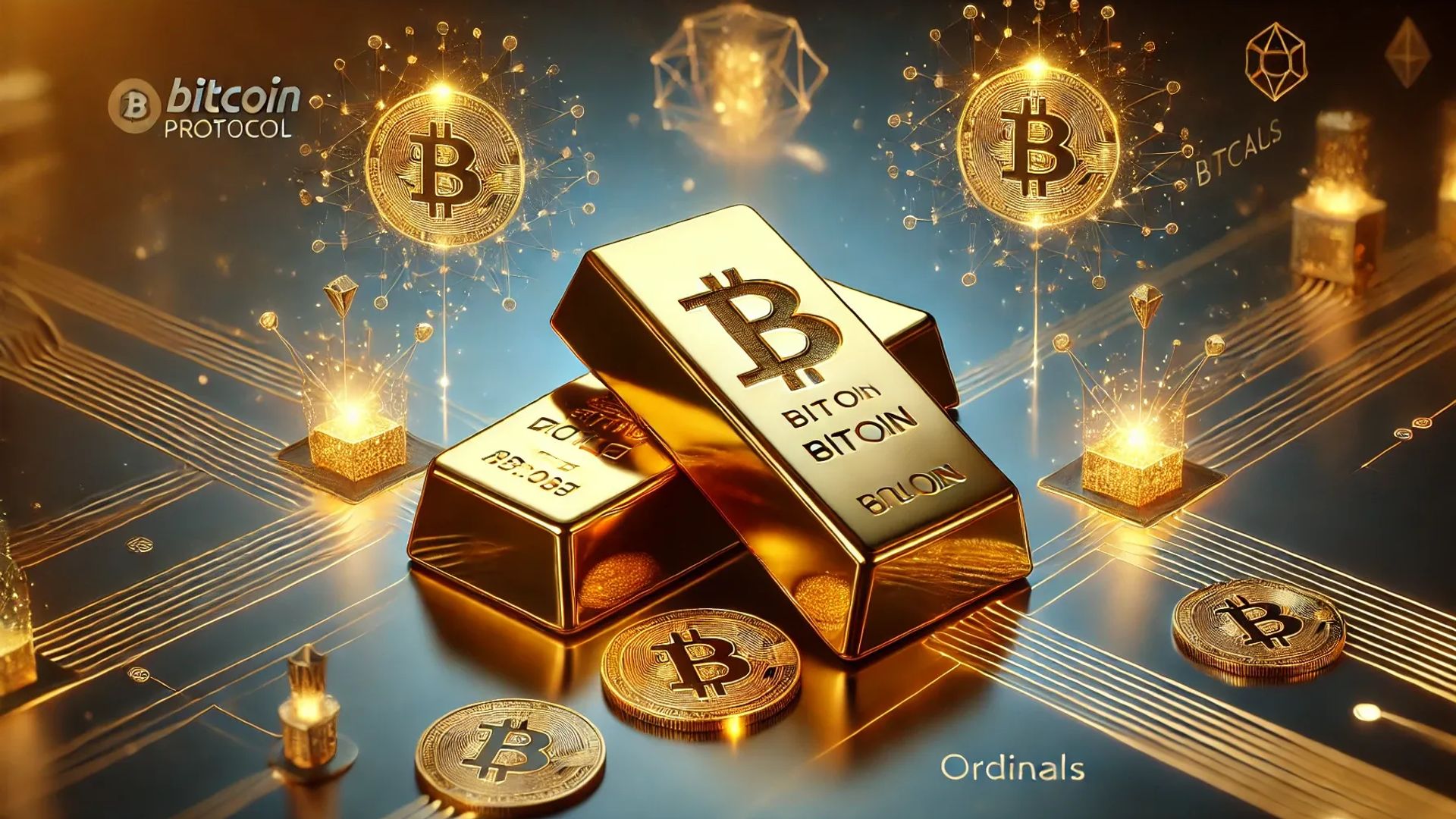
Transparency and Security: Asset-backed tokenized gold, such as Swarm Markets’ NFT-linked tokens, provides verifiable proof of reserves and secure storage in audited vaults, increasing investor trust.
For a deeper exploration of how tokenized gold is changing real yields, 24/7 trading, and DeFi integration, see this detailed guide.
Market Growth: Tokenized Gold Surges to $2.57 Billion Market Cap
The numbers speak for themselves: by the end of 2024, the market capitalization of tokenized gold reached $2.57 billion. This milestone reflects not only increased demand for safe-haven assets but also growing trust in blockchain-based real-world asset tokens. Trading volumes consistently broke past the $1 billion mark during periods of heightened uncertainty, underscoring tokenized gold’s role as a resilient anchor within diversified portfolios.
As more platforms integrate tokenized gold into their collateral frameworks – from DeFi lending protocols to institutional-grade custody solutions – the utility and liquidity of digital gold trading is poised for further expansion. The stage is set for tokenized gold to become a foundational asset for both crypto-native and traditional investors seeking stability, transparency, and programmable utility in their safe-haven allocations.
Looking beyond 2024, the ecosystem for tokenized gold is evolving rapidly. The integration of digital gold into everything from IRAs to institutional lending desks signals a paradigm shift: gold is no longer just a hedge against inflation or market stress, but a programmable building block for next-generation finance. The ability to tokenize and fractionalize physical gold unlocks global participation, enabling investors from diverse geographies and capital bases to access, trade, and utilize gold-backed crypto assets with unprecedented ease.
This democratization is further amplified by robust auditing standards and transparent on-chain verification mechanisms. Platforms now provide real-time proof-of-reserves and immutable audit trails, addressing historic concerns around counterparty risk and asset authenticity. As a result, tokenized gold is not only more liquid but also more trustworthy than many traditional paper gold products.
Institutional Adoption: A New Era for Gold-Backed Crypto
The past year has seen significant momentum among institutions embracing DeFi gold tokens. Custodians, wealth managers, and even retirement account providers have begun integrating tokenized gold into their offerings. For example, SmartGold’s partnership with Chintai Nexus enabled U. S. IRA accounts to tokenize $1.6 billion of physical gold holdings and earn yield through crypto protocols, an unprecedented move that bridges legacy finance with decentralized markets.
This trend is not isolated. Across Asia, Europe, and North America, banks and asset managers are piloting tokenized commodity funds to enhance portfolio diversification and improve collateral efficiency. The programmable nature of these tokens allows for automated compliance checks, instant settlement, and seamless integration with existing DeFi infrastructure.
Major Institutional Use Cases for Tokenized Gold in 2024
-
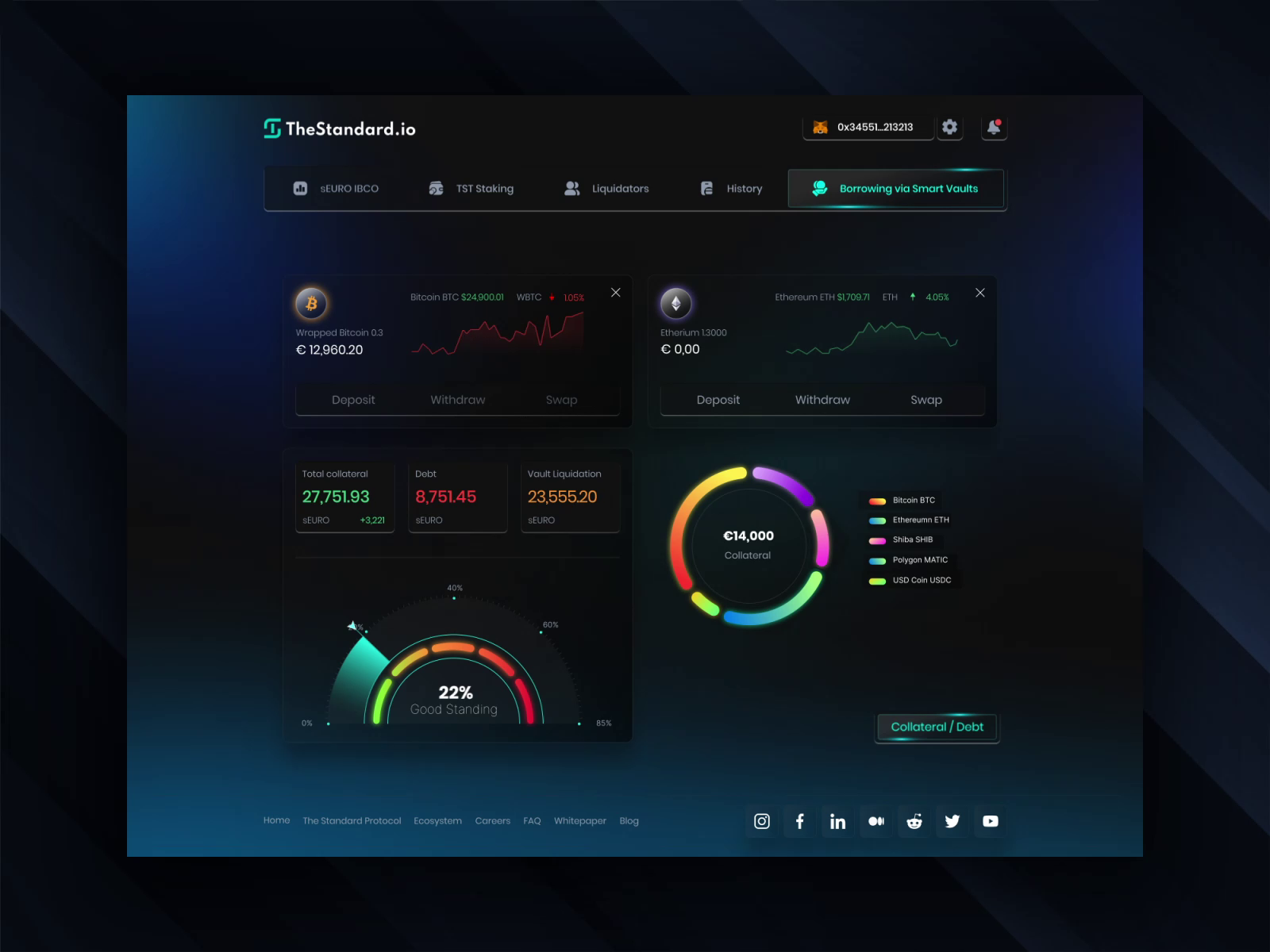
Collateral for DeFi Lending Platforms: Institutions increasingly used tokenized gold as on-chain collateral on platforms like Matrixdock and Swarm Markets, enabling secure, transparent lending and borrowing without liquidating physical gold holdings.
-
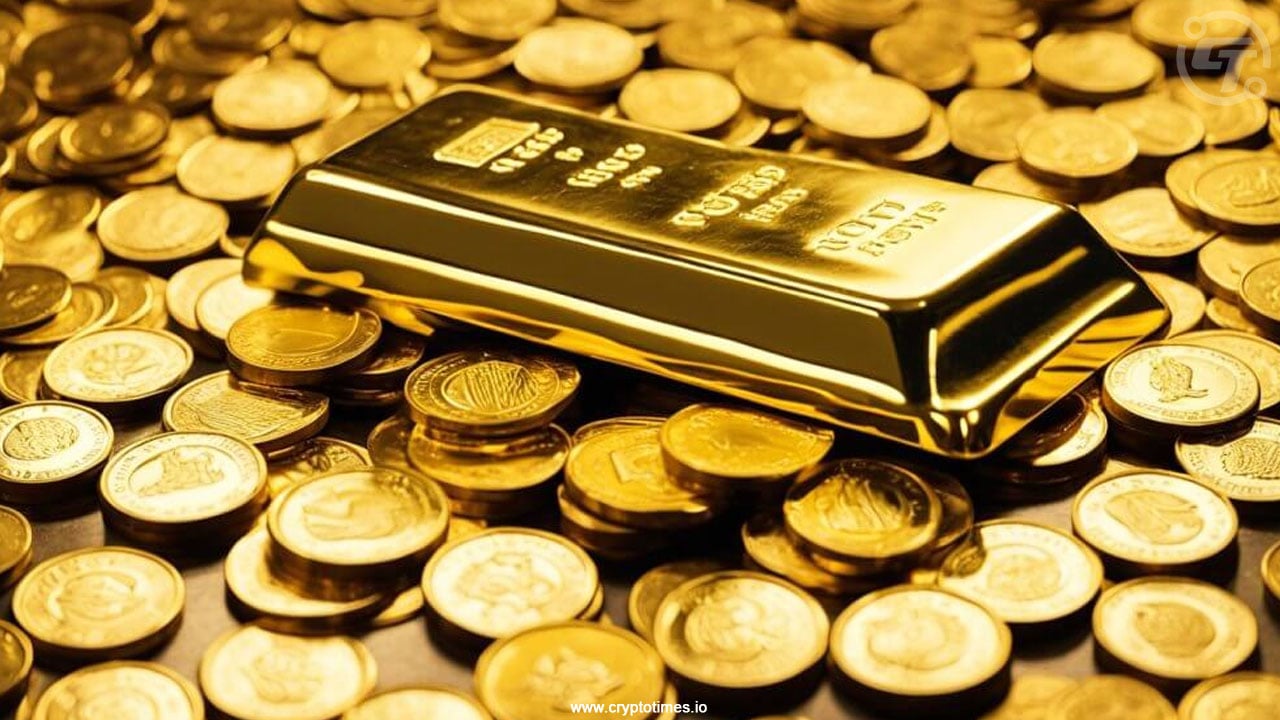
Tokenized Gold in Retirement Accounts (IRAs): Providers such as SmartGold partnered with Chintai Nexus to allow U.S. IRA accounts to tokenize gold holdings and deploy them in yield-generating DeFi protocols, merging traditional retirement assets with blockchain innovation.
-
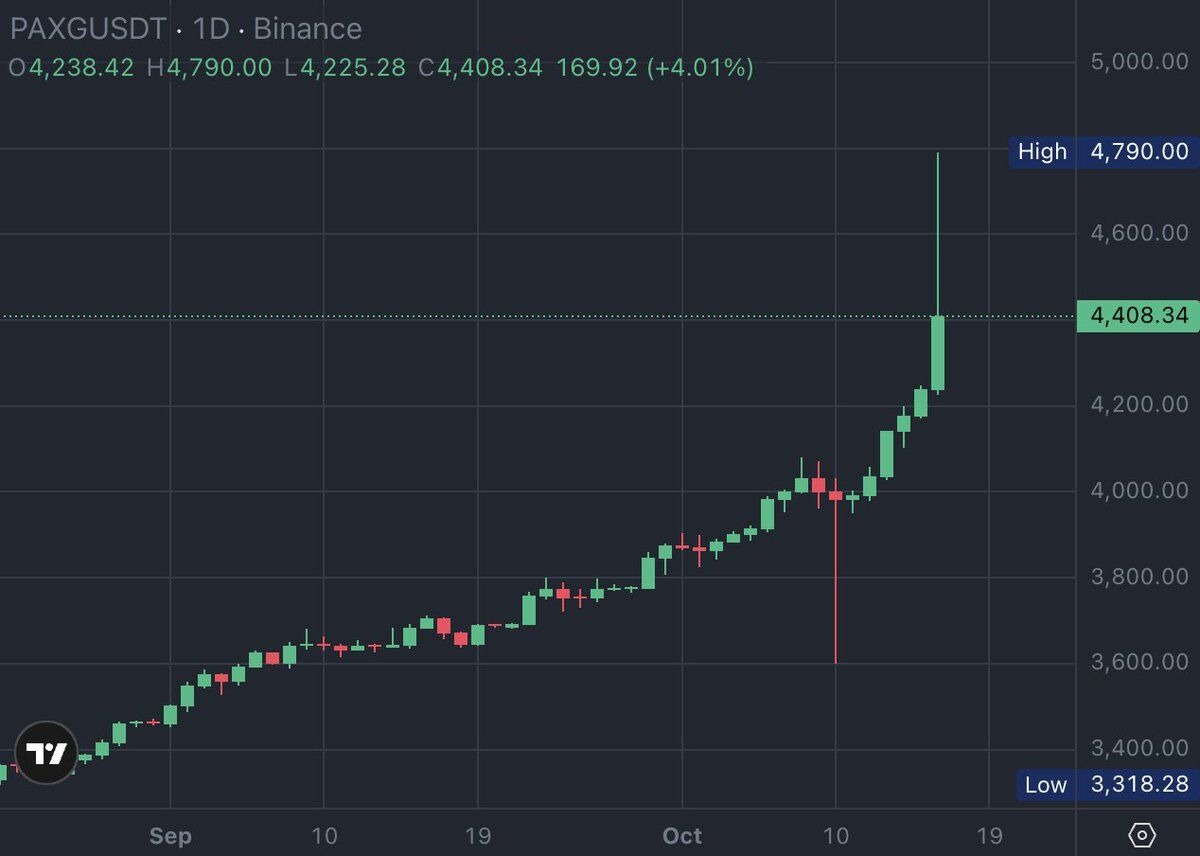
Liquidity Provision in Decentralized Exchanges (DEXs): Tokenized gold, including products like Pax Gold (PAXG), was supplied to liquidity pools on major DEXs, letting institutions earn fees while maintaining exposure to gold’s price stability.
-
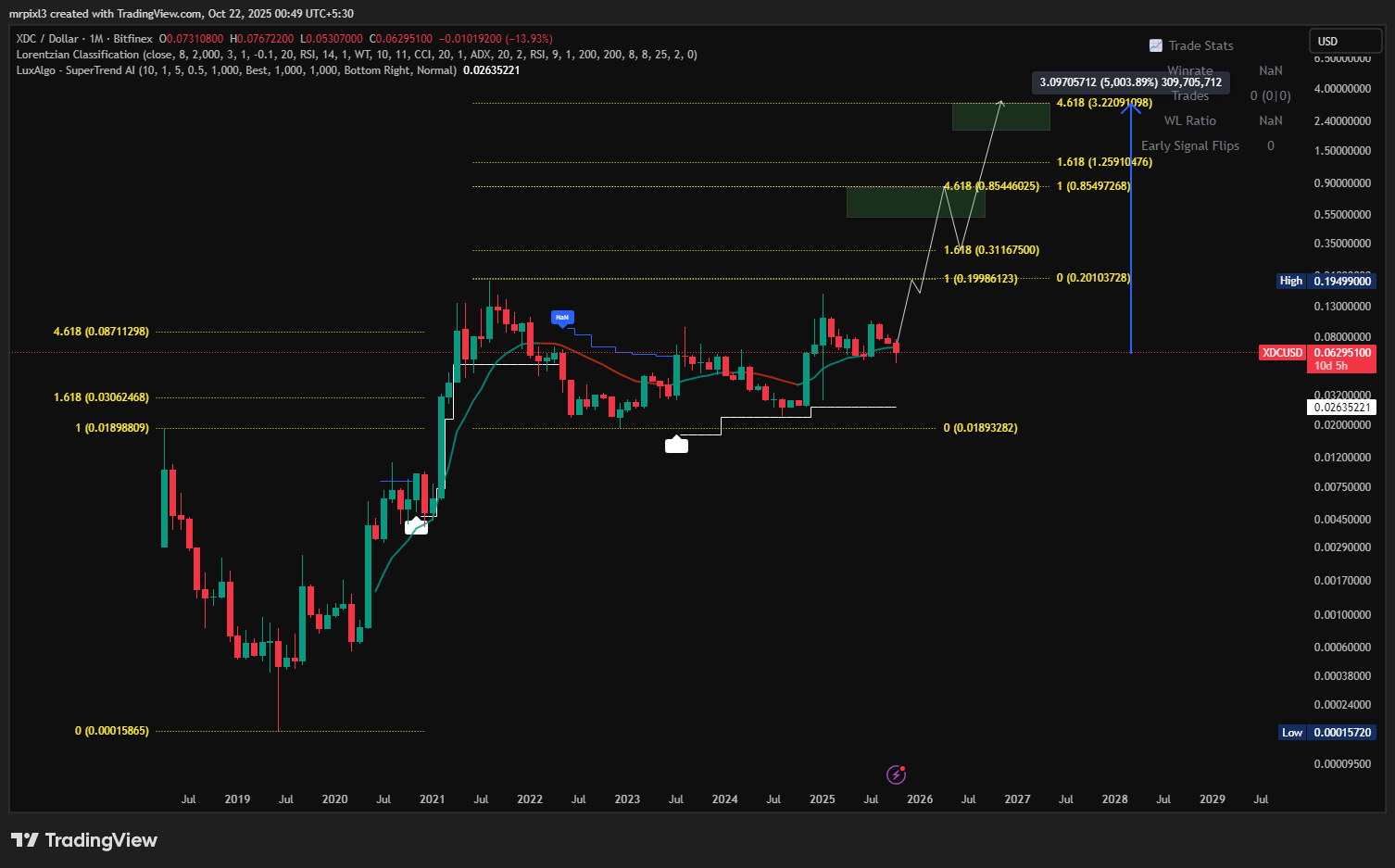
Safe-Haven Asset for On-Chain Treasury Management: With trading volumes surpassing $1 billion and a market cap of $2.57 billion by the end of 2024, tokenized gold became a preferred digital safe-haven for institutional treasuries seeking stability amid global economic uncertainty.
-
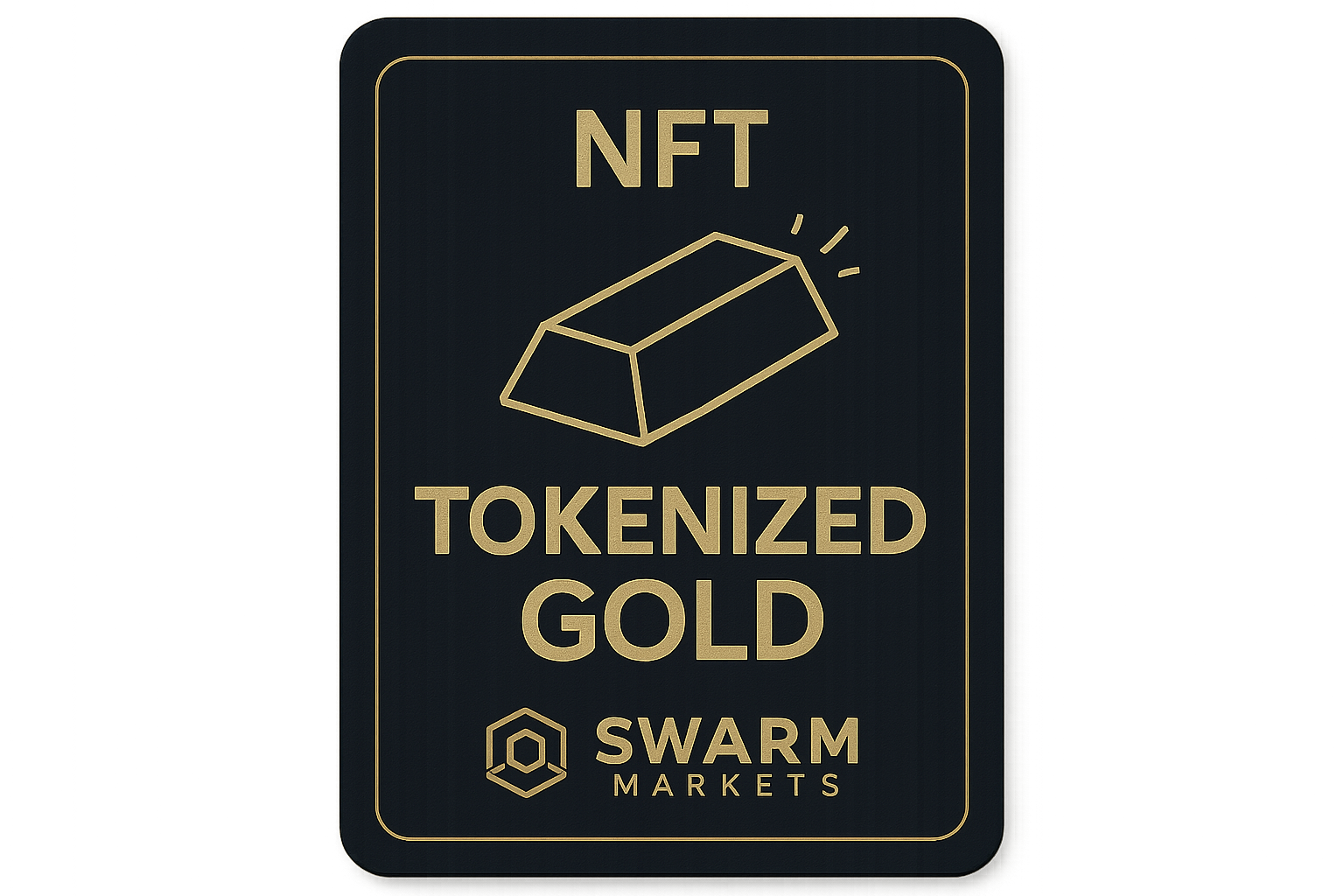
Programmable and Fractionalized Gold Ownership: Platforms like Swarm Markets offered fully asset-backed digital gold tokens (NFTs linked to physical bars), enabling programmable, fractional ownership and global transferability for institutional investors.
For investors seeking to understand how platforms manage auditing, backing, and real-time verification of digital gold reserves, our comprehensive overview delves into the mechanics behind leading solutions.
Risks and Regulatory Outlook: What to Watch as Tokenized Commodities Scale
Despite its promise, the rise of gold-backed crypto brings new challenges. Regulatory clarity remains uneven across jurisdictions; some countries are moving swiftly to establish frameworks for real-world asset tokens while others lag behind. Investors must also evaluate counterparty risk at the issuer level, ensuring that each token is fully backed by audited physical reserves held in reputable vaults.
Smart contract vulnerabilities are another consideration. While major platforms undergo rigorous security audits, users should remain vigilant about protocol risks inherent in any DeFi application. As adoption grows and market cap expands beyond $2.57 billion, expect increased scrutiny from regulators as well as more robust industry standards around transparency and consumer protection.
The Road Ahead: Tokenized Gold’s Role in Future Portfolios
The transformation underway in 2024 positions tokenized commodities, especially digital gold trading assets, at the forefront of both crypto innovation and traditional portfolio construction. Investors can now deploy stable-value collateral across DeFi while retaining exposure to one of humanity’s oldest safe havens, without sacrificing liquidity or transparency.
The next wave of growth will likely be driven by enhanced cross-chain interoperability (think Solana or Layer 2 integrations), greater regulatory certainty, and continued convergence between traditional custodianship models and blockchain-native protocols. For those seeking a deeper dive into how tokenized gold is changing commodity investing this year, including platform comparisons, see our analysis on the evolving landscape here.
As we move toward 2025 and beyond, tokenized gold stands poised to anchor diversified portfolios, offering stability during turbulence while unlocking new avenues for yield generation within the expanding universe of real-world asset tokens.

